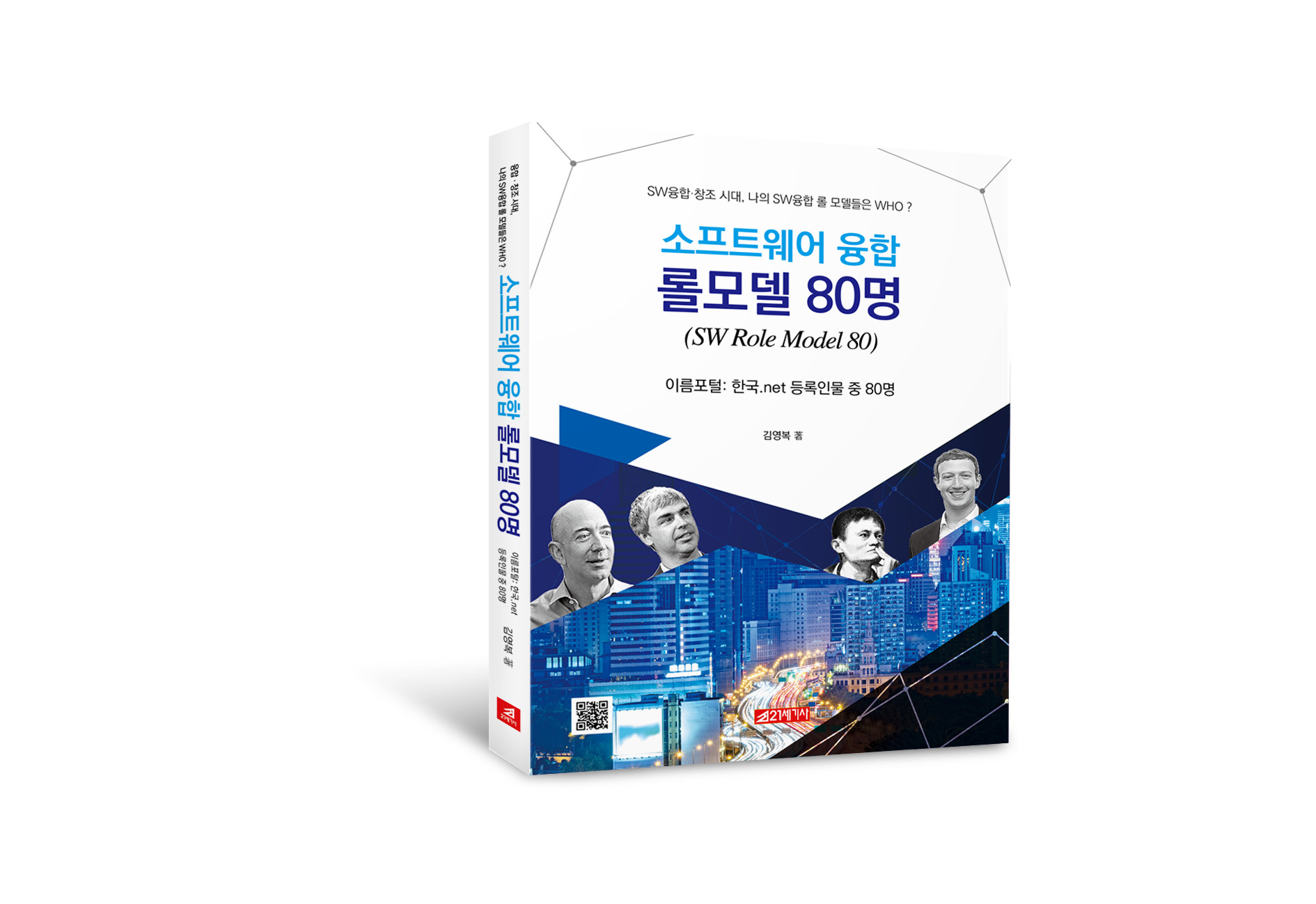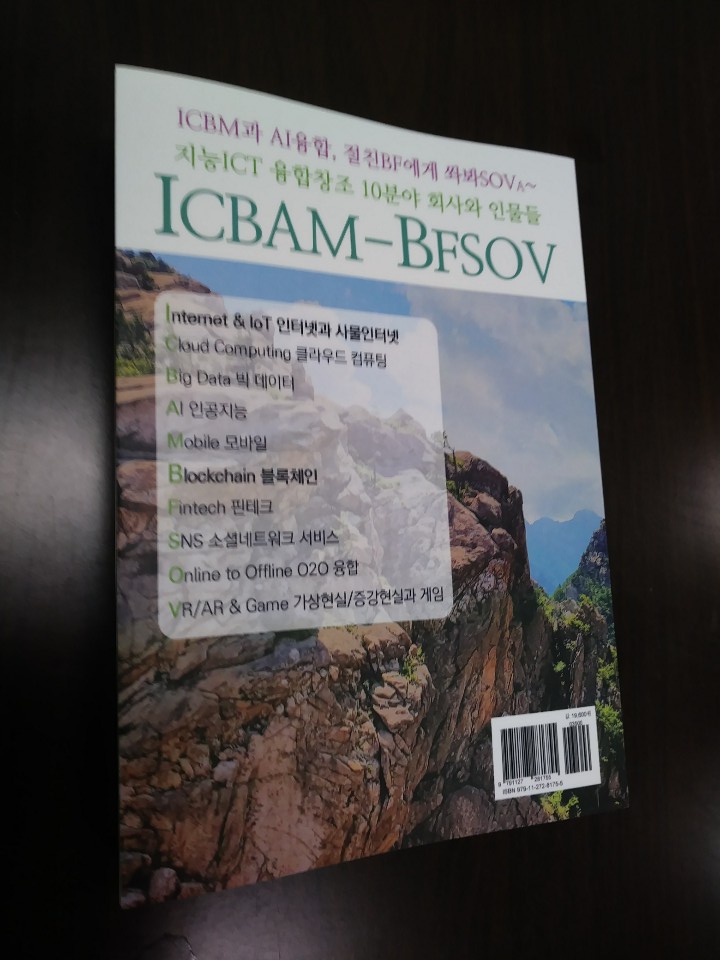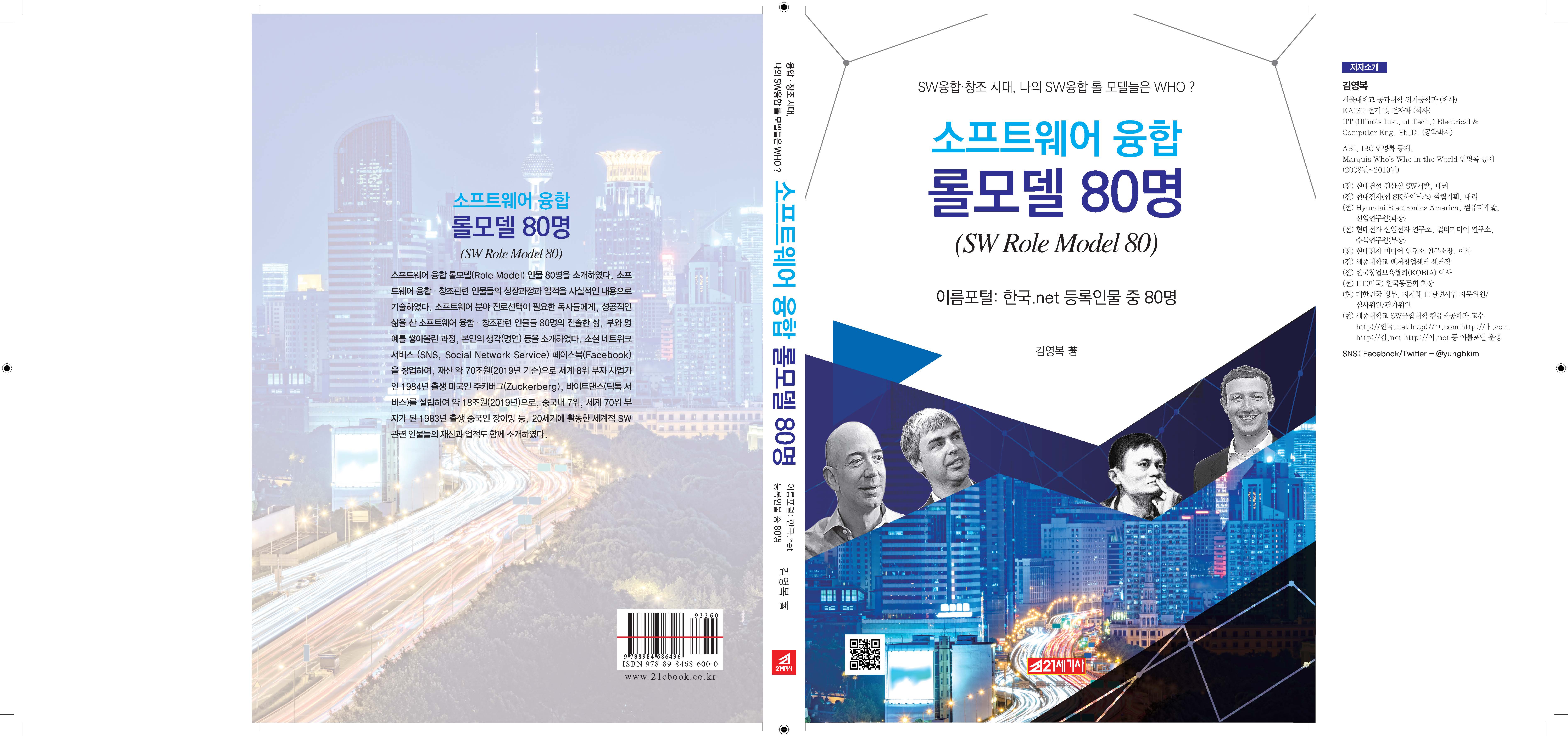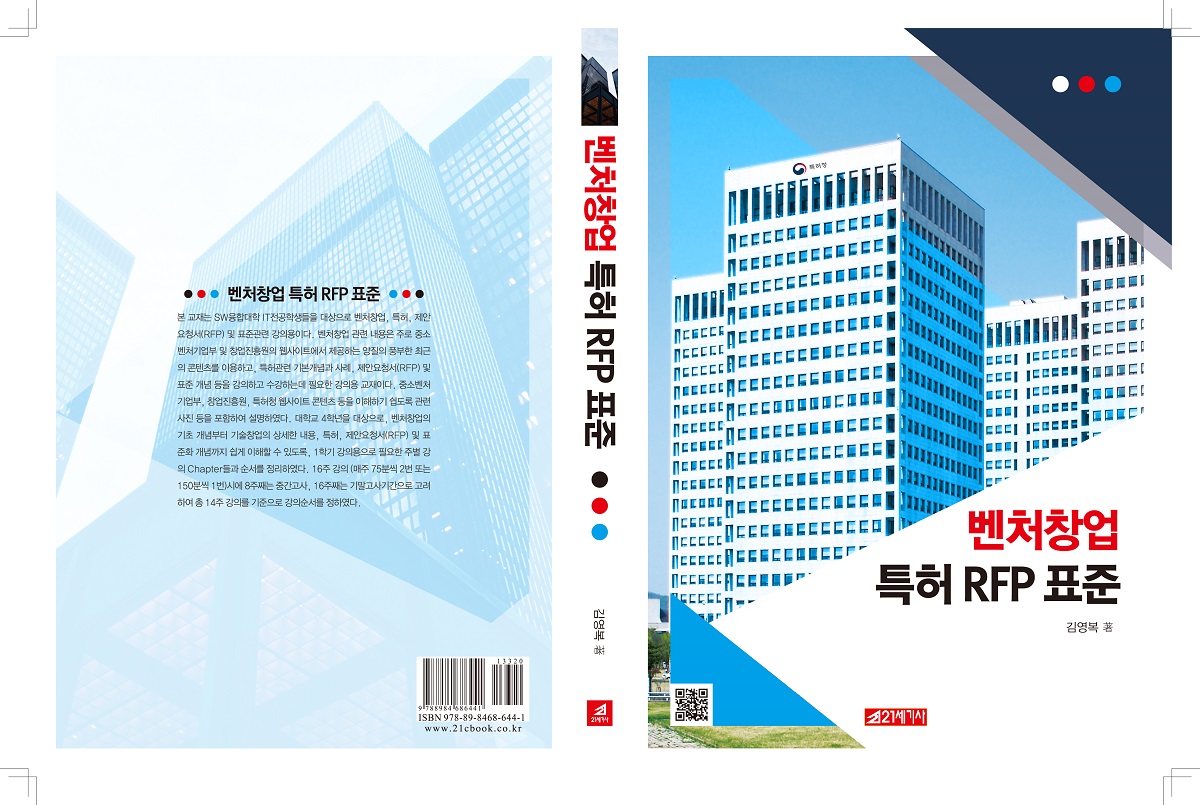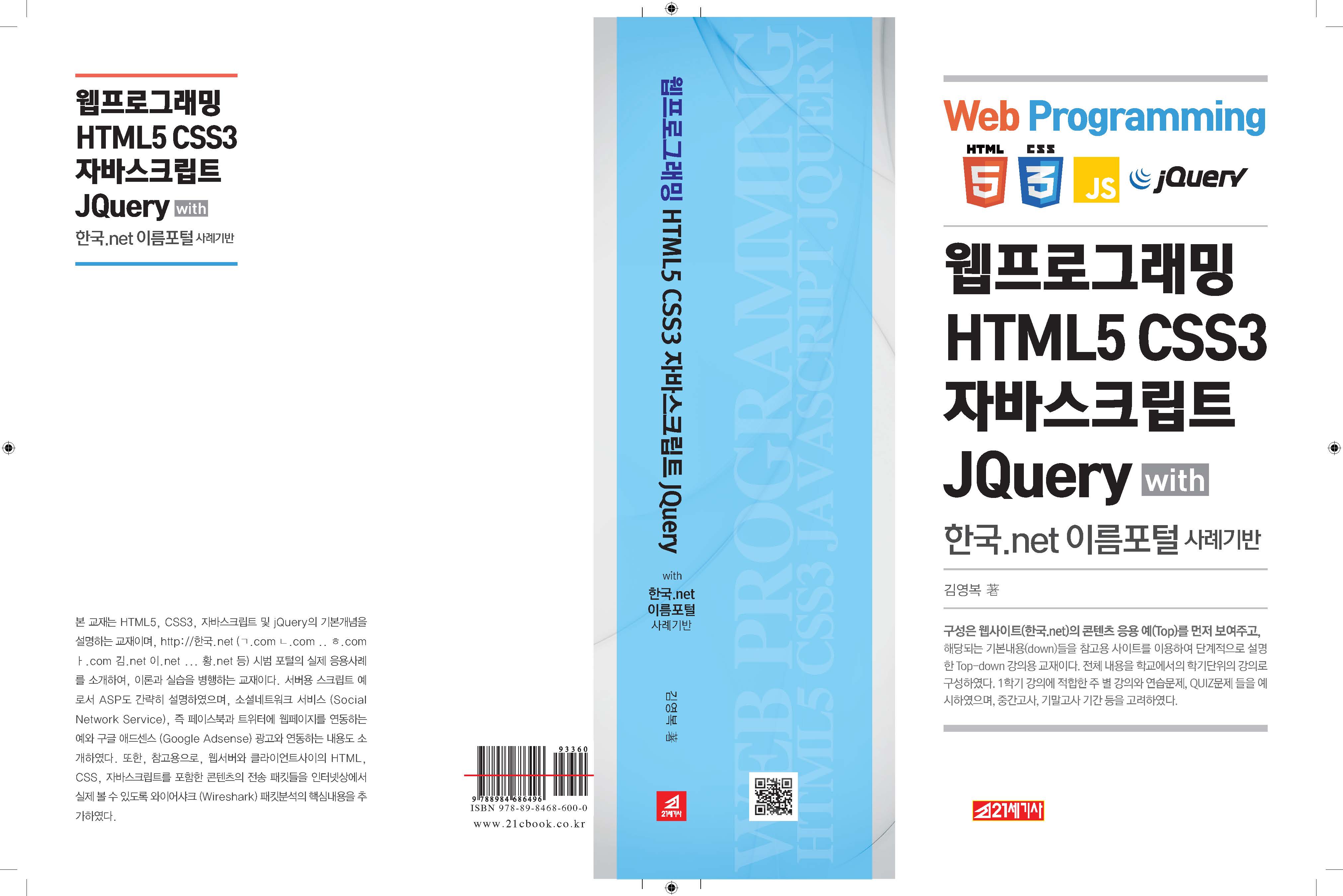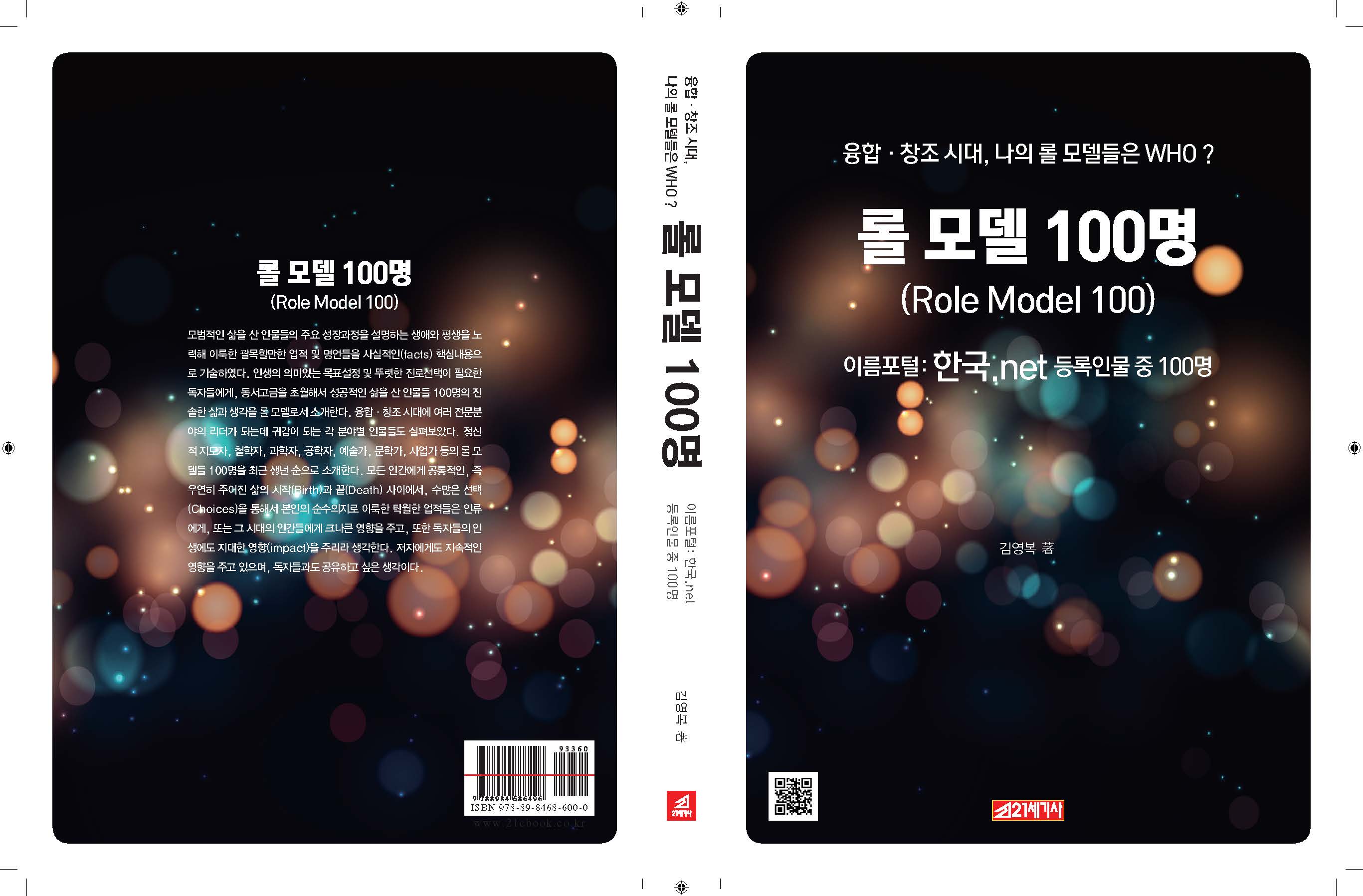연구인, 2015노벨화학상 수상자
[출생] 1938년 1월 28일
스웨덴 스톡홀름
[스웨덴 스톡홀름 여행]
[국적] 스웨덴인, 귀화한 영국인 (이중 국적)
[소속] 프랜시스 크릭 연구소 (명예소장)
[분야] 암 연구, DNA 복구
[학력사항]
~ 1970 카롤린스카연구소 대학원 의학 박사
~ 1967 카롤린스카연구소 대학원 박사
[경력사항]
영국 암연구소(CRUK) 명예소장
영국 프랜시스 크릭 연구소 명예소장
1986 ~ 2005 영국 클레어 홀 연구소 디렉터
1981 영국 왕립 암연구기금(ICRF) 연구원
1978 ~ 1982 스웨덴 예테보리대학교 의학
생화학 교수
[수상내역]
2015 노벨화학상
2010 영국왕립학회 코플리 메달
2007 영국왕립학회 로열 메달
[요약]
토마스 린달(Tomas Lindahl, 1938년 1월 28일 ~ )은
스웨덴 스톡홀름에서 태어난 과학자로 암 연구의 전문가이며,
2015년 노벨 화학상을 수상하였다.
[스웨덴 스톡홀름 여행]
린달은 카롤린스카 연구소에서 1967년 박사학위(PhD)를,
그리고 1970년 의학박사 학위(MD)를 취득하였다.
의학박사 학위 취득 후,
토마스 린달은 박사 후 연구원 연구를 프린스턴 대학과
록펠러 대학에서 마치고 1978-1982년에 구텐베르크 대학에서
교수로 재직을 하였다.
이후 영국으로 넘어가서 1986-2005년까지
영국 하트퍼드셔주에 있는 클레어 홀 연구소
(Clare Hall Laboratories)에서 초대 국장을 지냈다.
토마스 린달은 2009년 연구를 그만 두었지만
2015년 클레어 홀 연구소는 프랜시스 크릭 연구소에 합병되고
현재 프랜시스 크릭 연구소의 명예 지도자로 남아있다.
[노벨화학상, 미 생화학 교수 등 3명 공동수상]
[생애 활동 및 업적 등]
Tomas Robert Lindahl(1938년 1월 28일 출생)은
암 연구를 전문으로 하는 스웨덴-영국 과학자이다.
2015년에 린달은 DNA 복구에 대한 기계론적 연구로
미국 화학자 Paul L. Modrich 및 터키 화학자 Aziz Sancar와
공동으로 노벨 화학상을 수상했다.
Lindahl은 스웨덴 스톡홀름의 Kungsholmen 에서
Folke Robert Lindahl과 Ethel Hulda Hultberg 사이에서 태어났다.
[스웨덴 스톡홀름]
린달은 스톡홀름 의 Karolinska Institutet에서
1967년에 박사 학위를 받았으며,
1970년에 MD 학위 자격을 취득했다.
[경력 및 연구]
연구 박사 학위를 취득한 후 Lindahl은
프린스턴 대학과 록펠러 대학에서 박사후 연구를 수행했다.
린달은 1978년부터 1982년까지 예테보리 대학교에서
의학 화학 교수로 재직했다.
영국으로 이주한 후 린달은 1981년에 연구원으로
Imperial Cancer Research Fund(현 Cancer Research UK)에 합류했다.
1986년부터 2005년까지 린달은 Hertfordshire에 있는
Cancer Research UK의 Clare Hall Laboratories의
(2015년부터는 프란시스 크릭 연구소의 일부)
첫 번째 이사였다.
2009년까지 그곳에서 계속 연구했다.
DNA 복구와 암 유전학에 관한 많은 논문을 기고했다.
[토마스 린달: DNA의 본질적인 취약성]
[수상 및 영예]
Lindahl은 1974년에 EMBO 회원으로 선출되었고
1988년에 왕립학회(FRS) 회원으로 선출되었다.
린달의 선출 증명서는 다음과 같다.
Tomas Lindahl 박사는 박테리아와 포유류 세포의 분자 수준에서
DNA 복구를 이해하는 데 기여한 것으로 유명하다.
린달은 포유류 DNA 리가제를 분리하고
DNA 절단 복구의 매개체로서 완전히 예상치 못한
새로운 DNA 글리코실라 제 그룹을 기술한 최초의 사람이었다.
린달은 또한 포유류 세포에서 DNA의 알킬화에 대한
적응 반응을 중재하는 메틸 트랜스퍼라제(methyltransferase)라는
독특한 종류의 효소를 발견했으며
이러한 효소의 발현이 ada 유전자에 의해 조절된다는 사실을
보여주었다.
최근에 린달은 블룸 스 증후군의 분자적 결함이
DNA 리가 제 I의 부족이라는 사실을 밝혔다.
DNA 복구 과정의 본질에 대한
심오한 통찰력을 제공하는 것 외에도
린달의 매우 중요한 기여는
암 치료를 위해보다 선택적인 화학요법 약물의 설계를
촉진할 것을 약속한다.
Lindahl은 또한 Epstein-Barr 바이러스에 의한 B 림프구의
변형 메커니즘을 DNA 수준에서 이해하는 데
많은 중요한 기여를 했다.
이들 중 가장 주목할만한 것은 닫힌 원형 이중 바이러스 DNA의
림프 세포 에서의 발생에 대한 최초의 설명이었다.
Lindahl은 2007년에
"DNA 복구에 대한 우리의 이해에 근본적인 기여를 하여
왕립 학회 의 왕립 메달 "을 받았다.
린달의 업적은 독창성, 폭 및 지속적인 영향력으로 두드러진다.
린달은 노르웨이 과학 및 문학 아카데미의 회원이다.
린달은 2010년에 코플리 메달(Copley Medal)을 수상했다.
린달은 1998년에 의학 아카데미(FMedSci)의
창립 연구원으로 선출되었다.
2018년에는 국립 과학 아카데미의 외국 준회원으로 선출되었다.
린달은 2015년에 노벨 화학상을 공동 수상했다.
스웨덴 아카데미는
"2015년 노벨 화학상은 'DNA 복구에 대한 기계론적 연구'로
토마스 린달, 폴 모드리치, 아지즈 산카르에게
공동으로 수여되었다."라고 언급했다.
[수상경력]
1988년 Fellow of the Royal Society)로 선택되었고,
1998년에는 Fellow of the Academy of Medical Sciences로 선택되었다.
린달은 2007년 로열 메달과 2010년 코플리 메달을 수상 하였으며,
2015년 DNA 복구 기작에 대한 연구로 노벨 화학상을 폴 모드리치,
아지즈 산자르와 공동수상하였다.
====================================
스웨덴 왕립과학원 노벨위원회는 7일 노벨 화학상 수상자로
DNA 수정 메커니즘 연구에 공헌을 한 토마스 린달, 폴 모드리치,
아지 산자르 등 3명을 선정했다고 밝혔다.
상금은 800만 크로나(한화 약 11억2천만원)이며
시상식은 창시자 알프레드 노벨의 기일인 12월10일
스웨덴 스톡홀름과 노르웨이 오슬로에서 열린다.
손상된 DNA를 복구하는 메커니즘 연구로 인류에 공헌한
과학자들이 올해 노벨화학상 영예를 안았다.
스웨덴 왕립과학원 노벨위원회는
토마스 린달 프란시스크릭연구소 박사(스웨덴),
폴 모드리치 듀크대 교수(미국),
아지즈 상카 노스캐롤라이나대 교수(미국·터키)를
2015년 노벨화학상 수상자로 선정했다고 7일 밝혔다.
노벨위원회는
“수상자들은 어떻게 세포가 손상된 DNA를 복구하고
유전정보를 지키는지에 대해 분자 수준에서 밝혀냈다”면서
“이들의 연구는 어떻게 살아있는 세포가 기능하는지에 대한
근본적인 이해를 제공했고 새로운 암 치료법을 발전시키는데
기여했다”고 선정이유를 설명했다.
DNA 발견 이후 1970년대 초까지 과학자들은
DNA가 안정된 구조를 가졌을 것으로 생각했다.
하지만 린달 박사가 DNA가 구조적으로 취약하고
DNA에 염기서열 형태로 들어있는 정보도 쉽게 손상된다는 것을
발견했다.
이렇게 손상된 DNA가 생체 내에서 다양한 과정을 통해
복구되는데, 올해 수상자들은 이 복구 메커니즘을 찾아냈다.
린달은 염기절단 복구, 모드리치는 부정합 복구,
상카는 뉴클리오티드 절제 복구 방법을 각각 발견했다.
이들의 연구는 1970년대와 1980년대에 이뤄진 것으로
수십년이 지난 뒤 의미와 중요성을 인정받은 것으로 평가된다.
조규봉 서강대 화학과 교수는
“몸속의 효소가 DNA를 탐색하다가 문제가 발견되면
잘못된 부분을 뜯어내는 방식으로 DNA를 복구하는데,
여러 복구 방식 중 대표적인 방식을 찾아낸 성과”라며
“DNA 복구 메커니즘이 밝혀지면서 이 메커니즘이 제대로
작동하지 않는 사람은 암 등 질환에 걸릴 가능성이 높다는
사실도 알게 됐다”고 설명했다.
====================================
Tomas Lindahl
[Born] Tomas Robert Lindahl
28 January 1938
[Nationality] Sweden
[Fields] Cancer research
[Institutions]
London Research Institute
Princeton University
Rockefeller University
[Alma mater]
Karolinska Institutet (PhD)
[Thesis]
On the structure and stability of
nucleic acids in solution (1967)
[Known for]
Clarification of cellular resistance to carcinogens
[Notable awards]
FMedSci
FRS (1988)
Royal Medal (2007)
Copley Medal (2010)
Nobel Prize (2015)
Tomas Robert Lindahl FRS FMedSci (born
28 January 1938) is a Swedish scientist
specialising in cancer research.
In 2015, he was awarded the Nobel Prize
in Chemistry jointly with American
chemist Paul L. Modrich and Turkish
chemist Aziz Sancar for mechanistic
studies of DNA repair.
[Education]
Lindahl got his PhD in 1967, and a
Doctor of Medicine qualification in
1970, from the Karolinska Institutet
in Stockholm.
[Career]
Following his PhD, Lindahl did
postdoctoral research at Princeton
University and Rockefeller University.
After moving to the United Kingdom he
joined the Imperial Cancer Research
Fund (now Cancer Research UK) as a
researcher in 1981.
[Awards and honours]
Lindahl received the Royal Medal
for "making fundamental contributions
to our understanding of DNA repair. His
achievements stand out for their great
originality, breadth and lasting influence."
He is a member of the Norwegian Academy of Science
and Letters. He was awarded the Royal
Society's Royal Medal in 2007 and the
Copley Medal in 2010. He was elected a
founding Fellow of the Academy of
Medical Sciences in 1998. He was
elected a Fellow of the Royal Society
(FRS) in 1988, his certificate of
election reads:
“ Dr. Tomas Lindahl is noted for his
contributions to the comprehension of
DNA repair at the molecular level in
bacterial and mammalian cells. He was
the first to isolate a mammalian DNA
ligase and to describe a totally
unanticipated novel group of DNA
glycosylases as mediators of DNA excision repair.
He has also discovered a unique class of enzymes
in mammalian cells, namely the methyltransferases,
which mediate the adaptive response to
alkylation of DNA and has shown that
the expression of these enzymes is
regulated by the ada gene.
More recently he has elucidated the
molecular defect in Blooms syndrome to
be the lack of DNA ligase I. Apart from
providing profound insights into the
nature of the DNA repair process his
very important contributions promise to
facilitate the design of more selective
chemotherapeutic drugs for the
treatment of cancer.
Lindahl has also made a number of significant
contributions to understanding at the
DNA level the mechanism of
transformation of B-lymphocytes by the
Epstein-Barr virus. The most notable of
these was the first description of the
occurrence in lymphoid cells of closed
circular duplex viral DNA. ”
He was awarded the Nobel Prize in
Chemistry in 2015.
---------------------------
The Royal Swedish Academy of Sciences
has decided to award the Nobel Prize in
Chemistry for 2015 to
Tomas Lindahl
Francis Crick Institute and Clare Hall
Laboratory, Hertfordshire, UK
Paul Modrich
Howard Hughes Medical Institute and
Duke University School of Medicine,
Durham, NC, USA
and
Aziz Sancar
University of North Carolina, Chapel
Hill, NC, USA
“for mechanistic studies of DNA repair"
----------
The cells’ toolbox for DNA repair
The Nobel Prize in Chemistry 2015 is
awarded to Tomas Lindahl, Paul Modrich
and Aziz Sancar for having mapped, at a
molecular level, how cells repair
damaged DNA and safeguard the genetic
information. Their work has provided
fundamental knowledge of how a living
cell functions and is, for instance,
used for the development of new cancer treatments.
Each day our DNA is damaged by UV
radiation, free radicals and other
carcinogenic substances, but even
without such external attacks, a DNA
molecule is inherently unstable.
Thousands of spontaneous changes to a
cell’s genome occur on a daily basis.
Furthermore, defects can also arise
when DNA is copied during cell
division, a process that occurs several
million times every day in the human body.
The reason our genetic material does
not disintegrate into complete chemical
chaos is that a host of molecular
systems continuously monitor and repair
DNA. The Nobel Prize in Chemistry 2015
awards three pioneering scientists who
have mapped how several of these repair
systems function at a detailed molecular level.
In the early 1970s, scientists believed
that DNA was an extremely stable
molecule, but Tomas Lindahl
demonstrated that DNA decays at a rate
that ought to have made the development
of life on Earth impossible. This
insight led him to discover a molecular
machinery, base excision repair, which
constantly counteracts the collapse of our DNA.
Aziz Sancar has mapped nucleotide
excision repair, the mechanism that
cells use to repair UV damage to DNA.
People born with defects in this repair
system will develop skin cancer if they
are exposed to sunlight. The cell also
utilises nucleotide excision repair to
correct defects caused by mutagenic
substances, among other things.
Paul Modrich has demonstrated how the
cell corrects errors that occur when
DNA is replicated during cell division.
This mechanism, mismatch repair,
reduces the error frequency during DNA
replication by about a thousandfold.
Congenital defects in mismatch repair
are known, for example, to cause a
hereditary variant of colon cancer.
The Nobel Laureates in Chemistry 2015
have provided fundamental insights into
how cells function, knowledge that can
be used, for instance, in the
development of new cancer treatments.
(from naver.com wikipedia.org 연합뉴스
etnews.com 등)
Clarification,Cellular,Carcinogens,Chemistry,Cancer,influence(+
)~
(PIG: time-variant)
Positive Influence GRADE (PIG): C+
